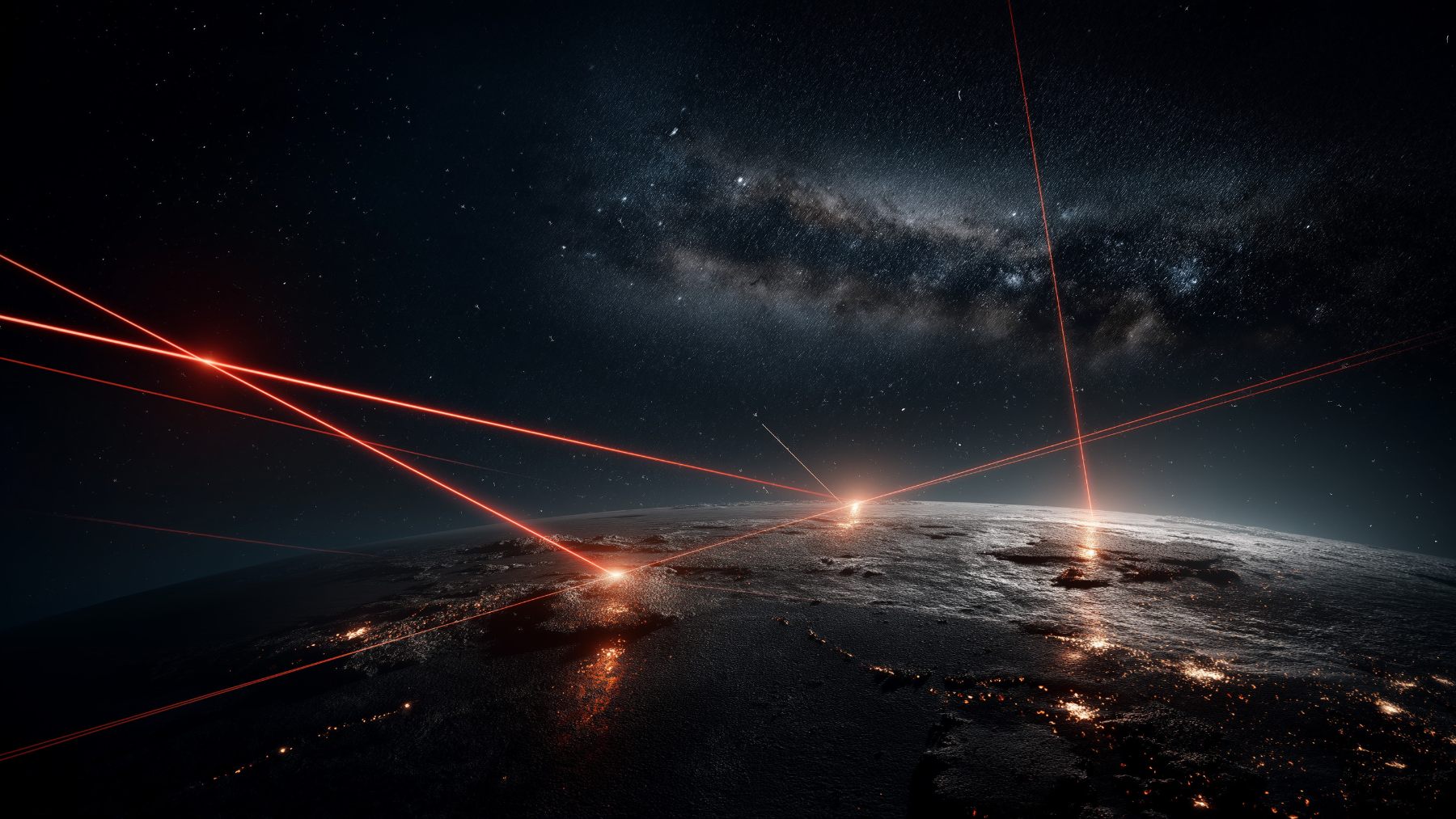First of all, don’t worry: Earth is not in danger. However, there is an object from another star system that is taking a rather long stroll through our solar system, and the space agency is going to take advantage of this event to conduct a crisis simulation. If you thought this was going to be like something out of the movie Don’t Look Up, don’t worry, humanity is safe from a cataclysm.
The protocol against objects from outer space
In recent weeks, the world of astronomy has been shaken by news straight out of science fiction. Comet 3I/ATLAS has arrived at full speed in our solar system from another distant galaxy. But don’t worry, it will continue on its trajectory and leave us alone. In fact, it poses no risk of impact with our planet Earth or any of the others in our system.
But if it poses no threat, why is NASA mobilizing? The truth is that this comet is the perfect target for a key training exercise. Just as the army conducts drills with its soldiers, the space agency has decided to take advantage of this opportunity to test its defense protocols against a meteorite that could potentially impact Earth.
3I/ATLAS, the nomad from another solar system
This comet was not born in our neighborhood, but is a traveler that has traveled unimaginable distances. Experts estimate that it was ejected from another star system billions of years ago. Since then, its path has been hyperbolic, moving so fast that our sun’s gravity is not strong enough to capture it in a closed orbit. Therefore, it will simply pass through our system and leave it forever—like that crush you had during your teenage summer.
3I/ATLAS is the third interstellar object (ISO) to be confirmed entering our solar system, hence its name “3I.” It is estimated to be composed of an ice core about 5 km in diameter, roughly the size of Manhattan. What’s more, its speed is staggering: it is traveling at about 124,000 mph as it approaches the sun. Its closest approach to the sun will be on October 30, 2025, when it will be 131 million miles from the star that gives us life.
The comet will pass by
That said, the comet will not come anywhere near us. It is estimated that the minimum distance will be 270 million kilometers. To put this into context, this is equivalent to 1.8 times the distance between the Earth and the Sun. It will be even further away than the orbit of Mars.
However, there is something about this comet that worries scientists: its non-gravitational acceleration. Like any comet, 3I/ATLAS releases gas and dust as it is heated by the Sun. However, these jets are released unevenly, acting like small, erratic thrusters. This makes it difficult for scientists to calculate its trajectory with the usual certainty.
This is precisely why NASA experts have launched a key training exercise through the International Asteroid Warning Network (IAWN). This global system is dedicated to detecting and tracking near-Earth objects (NEOs). Although this particular comet is not a NEO, it serves as a good simulation nonetheless.
The Observation Campaign (November 27, 2025, to January 27, 2026) has two objectives. It will be used to measure the position and movement of celestial bodies (astrometry). After all, if we cannot perfectly track a distant comet, what would happen if a dangerous and erratic one appeared closer?
This is why scientists are racking their brains to refine their calculations and accurately track the path of comet 3I/ATLAS. It is also an ideal opportunity for the international network to practice coordination and data exchange. It is a win-win situation: it is a real comet, but humanity is not in danger if calculations –or logistics– fail.








